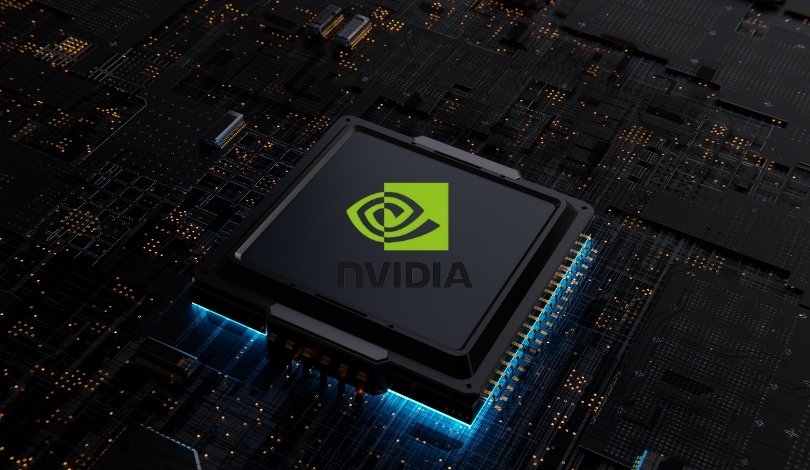Growing interest in advanced graphics cards has captured the attention of both technology enthusiasts and malicious actors. As anticipation builds around Nvidia‘s RTX 5090, scams have surged, with fraudsters using creative tactics to exploit consumer demand. The situation has prompted renewed emphasis on digital vigilance among potential buyers, especially those interacting on secondary markets. Discussions among gamers and professionals highlight the evolving sophistication of scam techniques targeting the graphics card sector. Shoppers are advised to scrutinize sellers and verify product details to avoid falling victim to fraudulent transactions.
Information published earlier regarding graphics card scams focused mainly on older GPU models and generic fraud attempts, often revolving around false listings or fake products. Recent reports specifically highlight the Nvidia RTX 5090 series as a prime target, reflecting how scammers adapt their schemes in response to new market launches. Law enforcement and cybersecurity experts have responded by updating guidelines, but buyers continue to express concerns about identifying legitimate listings as technology and trickery advance in parallel.
How Are Scammers Using Nvidia’s RTX 5090 in Fraud Schemes?
Fraudsters increasingly exploit demand for Nvidia’s RTX 5090 by creating counterfeit online listings and offering unrealistically low prices. Social media and auction websites are reported as frequent platforms for these scams, with some scammers fabricating order confirmations and fake customer reviews. Attacks are not limited to individual buyers; some small retailers also report receiving falsely labeled or empty GPU packages, further complicating the problem.
What Steps Can Buyers Take to Avoid GPU Scams?
To reduce the risks, consumers are advised to stick to official retailers and scrutinize seller feedback rigorously when using marketplaces. Avoiding deals that appear suspiciously beneficial, checking warranties directly with manufacturers, and requesting verification such as serial numbers are established precautions. According to cybersecurity analysts,
“Confirming every detail before purchase is crucial, especially with high-value tech like the RTX 5090.”
These proactive measures aim to counteract scammer tactics and encourage safer transactions.
Are Marketplaces Responding to the Rise in Fake Graphics Cards?
Marketplaces have taken several measures, such as increasing moderation and deploying AI tools to detect suspicious listings. Some platforms now require additional documentation before GPU products are posted, and customer support lines have been expanded to assist users facing suspicious sellers. Despite these efforts, loopholes remain due to the adaptability of scammers and varying enforcement methods across outlets.
As the graphics card market adapts to newer threats, both consumers and platforms are recalibrating their approaches to trust and security. The need for cautious buying is highlighted by the continuous shift in scammer strategies targeting sought-after products like Nvidia’s RTX 5090. Buyers should stay vigilant by monitoring official announcements about genuine product launches, use secure payment methods, and take advantage of buyer protection features where available. This dynamic underscores the importance of informed tech purchasing in an environment where fraud remains a persistent threat.










